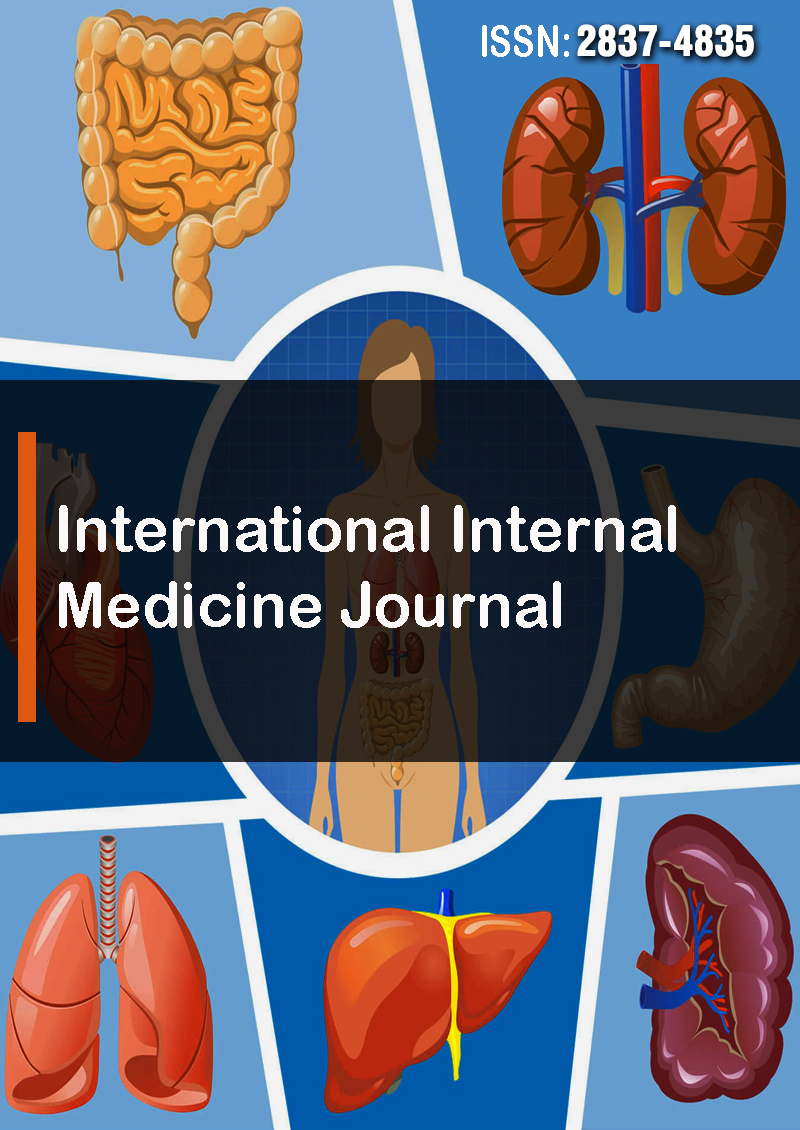The Importance of Exposures in Culture-Negative Endocarditis in an IV Drugs Abuser
Abstract
Sara Gaderkhani, Bahar Haghdoost, Amirhossein Eghbal, Mahsa Azadbakhsh Kanafgorabi, Saharnaz Sazgarnejad, Saber Esmaeili, Arash Seifi and Ensiyeh Rahimi
Background: infective endocarditis(IE) is a severe and life-threatening disease worldwide (1). Approximately 5% of IE cases have negative blood cultures (4,5). risk factors are exposure to slow-growing bacteria and exposure to Bartonella species. Most patients have nonspecific symptoms such as fever, fatigue, and weight loss.
Case Presentation: A 38 years old male with a history of addiction was referred to our center with severe dyspnea, high fever, chest pain, and shortness of breath. He went under CT angiography for pulmonary thromboembolism and TTE. According to the findings, the first diagnosis was right-side endocarditis, which led to septic embolism, so we started empiric antibiotic therapy with vancomycin plus ceftriaxone. After two weeks of constant fever despite broad-spectrum antibiotic therapy and pleural effusion drainage, we changed the antibiotic regimen to vancomycin plus meropenem, and re-sended blood cultures, which were negative 3 times, we considered Q fever, bartonella, and brucellosis as possible causes of culture-negative endocarditis according to the history of staying in the camp. We sent serology tests and blood PCRs to the laboratory of the Pasteur Institute of Iran. All of them were negative, but a serology test confirmed Bartonella henselae with a 1: 2048 titer. In the meantime, we changed the patient’s drug regimen to doxycycline, plus rifampin, due to the high level of creatinine, and warfarin was switched to enoxaparin. Clinically, the patient recovered with no breathing difficulties or chest pain after two weeks of treatment, and the result of the B. henselae IgG follow-up serology was 1:512. Four weeks after admission, the patient was discharged from the hospital with instructions to see a cardiologist, quit abusing IV drugs, and continue taking doxycycline and enoxaparin.
Conclusions: The patient’s social history regarding IV-drug abuse and low socioeconomic status are the most important considerations. Because of the increased risk factors in this patients, organisms such as Bartonella henselae, Coxiella burnetii and Brucella should also be investigated when cultures are negative.



